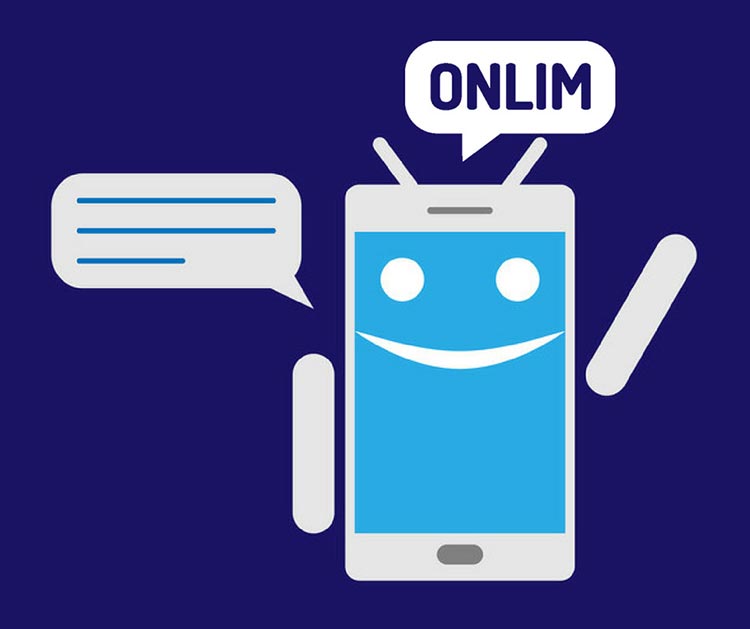Best Practices For Chatbots: 3 Things To Avoid!
Are you in the process of developing a chatbot for your company? Especially at the beginning, it is difficult to find your way through the flood of information and to know what best practices for chatbots are.
To make it a little easier for you to get started, we have summarized three essential points that you should avoid when implementing your chatbot and show you how you can do it better.
Download our free e-book to learn everything you need to know about chatbots for your business.
1. Don’t be scary!
Personalization in customer communication is more in demand than ever before. Of course, it’s nice when a user is greeted with his name and he doesn’t have to constantly repeat information that has already been transmitted. But don’t overdo it. Otherwise, users will quickly become scared and end the conversation.
A bot that is too mechanical can cause users to perceive it as strange and unpleasant. The more human your bot behaves, the more comfortable users will feel when communicating with it.
Instead: Show personality and emotions
No matter whether it is a conversation with a person or with a chatbot: People want to be understood by their counterparts. They want to talk to someone who takes their problems and feelings seriously and enjoy the conversation.
This works best if your chatbot has an interesting personality and handles users’ requests in a friendly, caring manner. Even a certain amount of humour can’t hurt.
In order to find out what the personality of your bot should look like, you can ask yourself the following questions:
- What character would your company have if it were a person?
- What words and tone of voice would that person use to interact with your customers?
- What sense of humour would the person have?
Tip: It can be helpful to have a closer look at the training material of your sales team or your blogging guidelines. You will often find helpful suggestions there.
2. Don’t overstrain users!
User-friendliness should always be the focus. For example, avoid communicating with your users in long text blocks. Especially on mobile devices, users are used to being served the information bit by bit. Long texts are not made for small screens. As a result, communication is perceived as tedious and difficult.
Better: Communicate clearly
Instead, make sure your communication is clear and understandable. This starts with explaining what the chatbot was built for. If you simply make your bot available without putting it in context, users will develop false expectations. This, in turn, leads to these expectations being disappointed.
If, on the other hand, you communicate the use cases for which your bot has been developed right at the beginning of the interaction, users will use the bot accordingly.
Furthermore, make sure that your bot offers clear guidance about next steps and what information users need to provide. Buttons can make the interaction clearer and more efficient. If your bot can’t help, make sure the user is redirected to a human employee.
Chatbots, voice assistants and AI, stay informed with the free Onlim newsletter.
3. Don’t expect complete sentences!
Do not expect users to communicate in complete sentences and use a logical sentence structure. Often, users will ask a bot when they need an immediate response. Only sentence fragments are entered, words are omitted, or the question is full of spelling mistakes.
The situation is similar to the course of the conversation. Very few users will have written down a list of questions in advance and work through them systematically. Jumping back and forth between different topics is common practice.
Rather: Keep the purpose in mind
Develop your chatbot in such a way that it can cope with non-linear conversations and with different spellings and synonyms. Ideally, you should use a chatbot that is based on an AI and thus learns with every user inaction.
You should also define the benefits of your bot in advance. For this, it is helpful to collect examples from the real world.
Questions that can help you with the development of a chatbot in customer service:
- Which customer service do you remember as particularly positive?
- What aspects caused a positive impression?
- Can you apply the same factors to your chatbot?
In addition to a clearly defined scope of application, you should have a clear goal in mind. Why should the chatbot support your company? Is it about saving money and resources, do you want to generate more attention, or should customer service be improved? Set yourself a main goal in advance and define smart key figures to achieve it.
Hopefully, these best practices for chatbots will help you with the implementation of your own! If you need assistance with the development of your chatbot or voice assistant, have a look at our customized solutions here.
What are Large Language Models (LLMs)?
March 18th, 2024|
What are chatbots and how do they work?
November 23rd, 2023|
The AI Act and its impact on the use of chatbots
October 27th, 2023|



